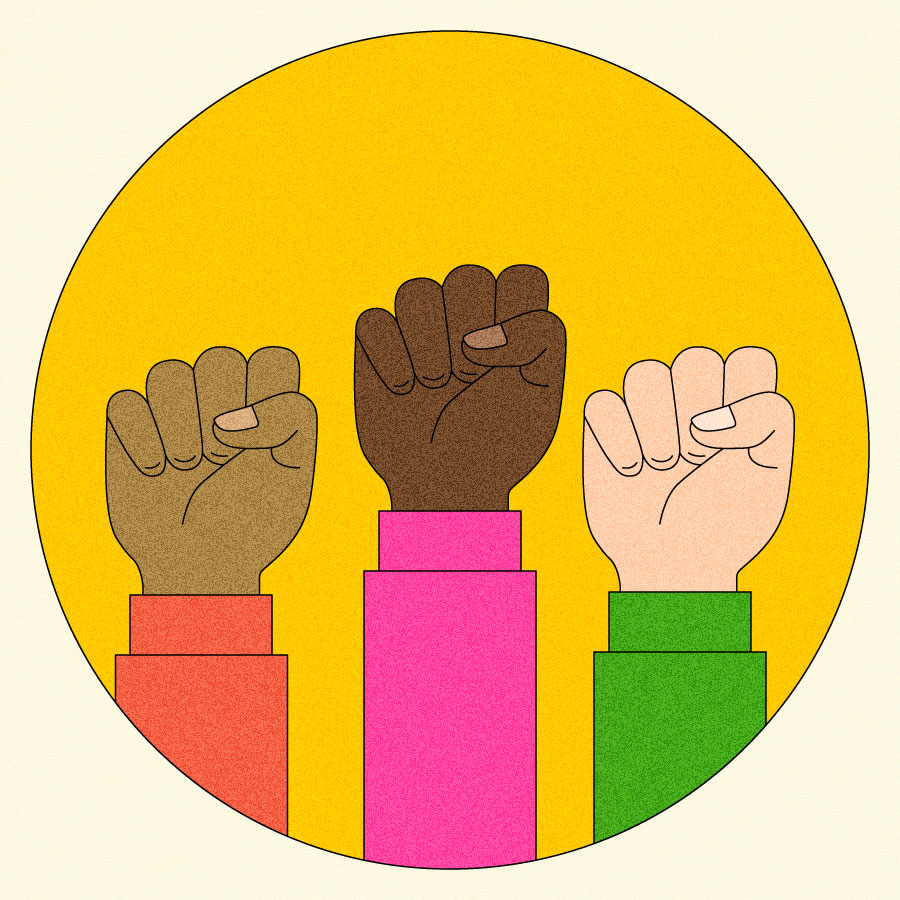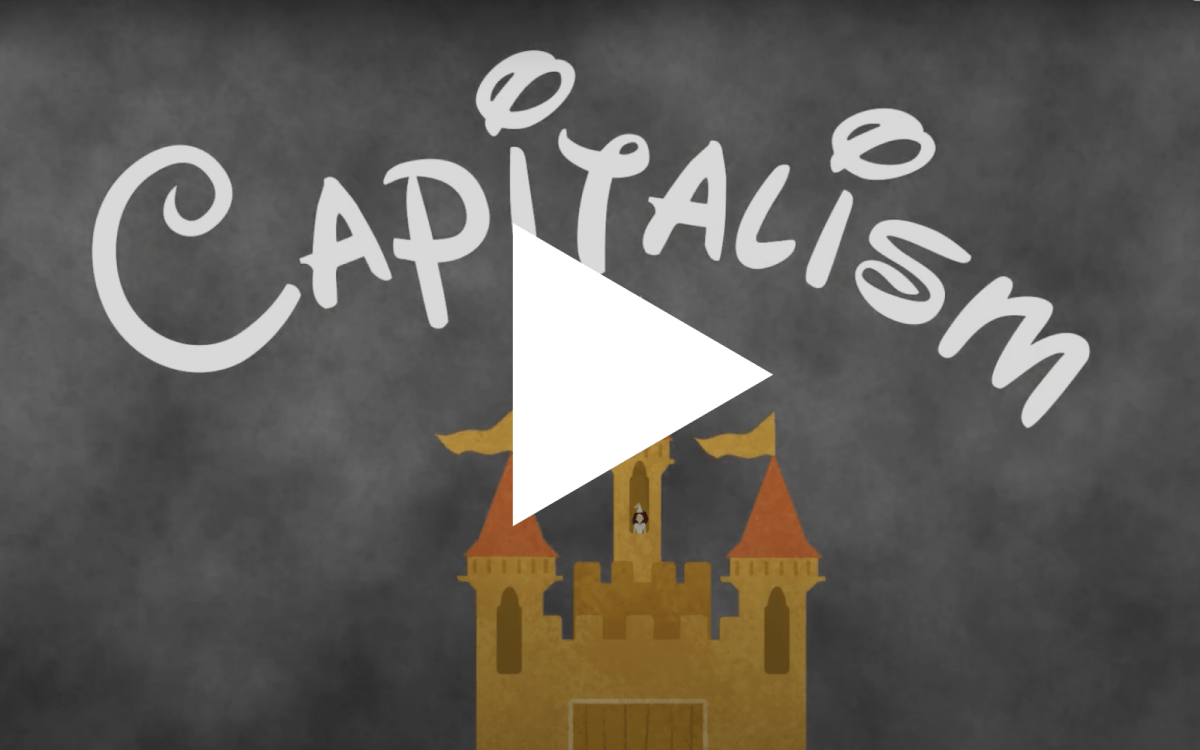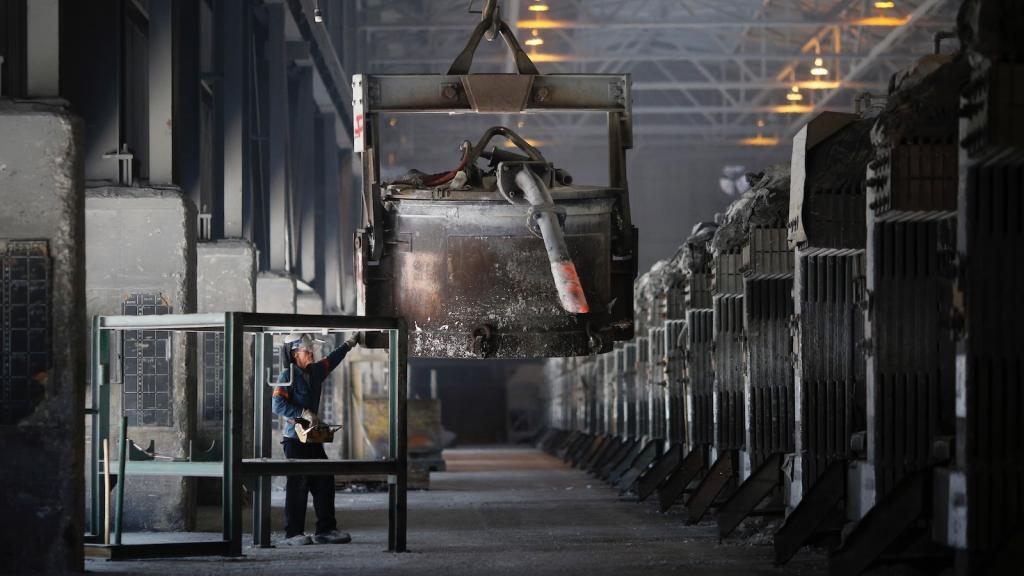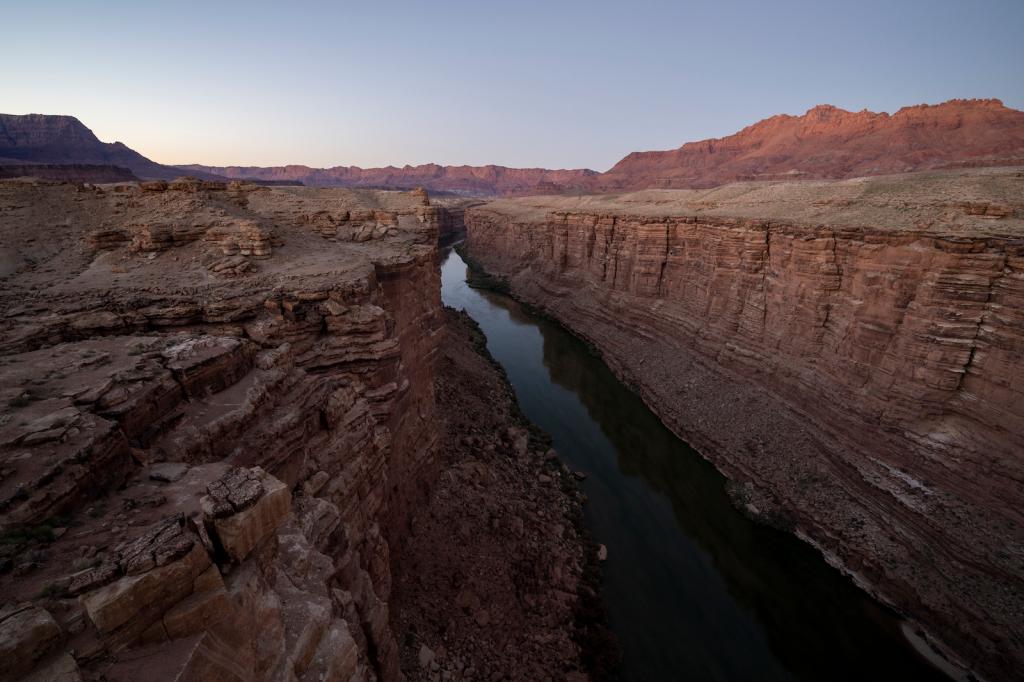Welcome back to our series on personal climate action, exploring new frameworks for the question: “How do I make a difference?” So far, we’ve covered stories of people making waves by raising their voices in court and expressing their climate values during some of the most meaningful moments in their lives. This week’s piece explores the idea that one of the most powerful individual actions you might take is joining or organizing a climate community — and we’re focusing on a particular space where people are already a part of a collective that can advocate for change: the workplace.
Most of us spend a lot of time at our jobs. And even if you don’t work in an obvious climate field, just about every sector touches or is impacted by the climate crisis in some way. Grist’s climate solutions fellow Katie Myers explores how unions and other organized groups of workers are banding together over shared concerns, and using their collective power to advocate for greener, safer, and more just practices from their employers.

The vision
“Our job is to organize the people. Because if you don’t organize the people, you can shout all you want, you can write all you want about a policy issue and the climate and environmental problems, but it’s not gonna go anywhere.”
Baldemar Velasquez, president of the Farm Labor Organizing Committee
The spotlight
Caitlyn McLaren is a nurse at Jackson Memorial Hospital in Miami. She was active in student environmental organizing while in college, but after starting full-time work in healthcare, long hours and a stressful work environment began to take their toll. Like so many, she found that she no longer could make time for climate justice organizing.
But then, about four years ago, she discovered that she could continue to be a climate advocate — at work, rather than outside of it.
“A member approached the president of our local [union chapter] and said, ‘You know, climate change is something that I’m really concerned about,’” McLaren recalls. And the SEIU 1991 Climate Committee was born.
The committee gave hospital workers a chance to discuss some of their shared concerns about the climate impacts of their industry — everything from the chemicals in use at the hospital to the massive amount of waste generated by disposable dishware to the carcinogenic smoke from the gas used to cauterize tissue in the operating room. Since the committee was formed, McLaren and her colleagues have successfully diverted over 27,000 pounds of medical waste from the landfill and installed charging stations for electric cars, with several other campaigns still active.
McLaren says being in a unionized workplace made it possible for her to get involved with environmental advocacy again. “Having a union can help with creating that space for people to actually be able to think about the big picture issues, because we’re so busy with the day-to-day grind of our job,” she says.
Often, labor unions are associated with opposition to the environmental movement, particularly the green energy transition that would take away already imperiled jobs in coal, oil, and other fossil fuels. But workers — unionized and not — have also been at the forefront of many environmental movements.
Even if we don’t think of our jobs as climate-related, most industries have climate impacts, and workers have used that fact to push their workplaces toward a more responsible relationship with the environment. Among that number are healthcare workers like McLaren, Amazon employees and Uber drivers working to reduce their companies’ emissions, steel workers pushing for a green transition, and many, many more who have seen their workplaces as sites of agitation for climate justice, and as opportunities to create a healthier world.
![]()
The phrase “environmental justice” actually has roots in the labor movement. Farm Labor Organizing Committee president Baldemar Velasquez says that the farmworkers’ movement, as well as members of a rural North Carolina Black community threatened by a proposed landfill, helped popularize the phrase at the The Michigan Conference on Race and the Incidence of Environmental Hazard in 1990. With it came a growing awareness of environmental racism, and of environmental struggle as extending beyond the prevailing middle-class white concerns about conservation. Conversations about environmental issues began to focus on the impacts of industry and extraction on predominantly Black and brown, low-income, and immigrant communities.
“We were challenging the mainstream environmentalists,” Velasquez says.
And the relationship between workers and environmental justice goes back well before the origins of the phrase. In the 1960s, groups like the Memphis sanitation workers’ strike of 1968 (where Martin Luther King Jr. gave his final speech) and the immigrant-led United Farmworkers’ Organizing Committee, whose first contracts included protection from certain pesticides, spearheaded the idea that workers could rally around environmental causes, and that many environmental issues were workers’ issues, too.
Farmworkers are among the most vulnerable social groups in the United States, often migrants on visas with very few legal protections. For them, climate change is a matter of life and death, with small shifts in heat and the growing season directly impacting their ability to make a living and survive a day’s work. Today, farmworkers continue to push for climate-specific protections, including sun and heat protection, disaster insurance, and language-inclusive wildfire safety and evacuation information. Velasquez says that the Farm Labor Organizing Committee is also focused on battles with corrupt contractors and securing collective bargaining agreements for growers.
“I think that organizing, grassroots membership organizations, is the vehicle to begin to address some of these individual problems,” Velasquez says. “If there’s a worker that’s got a problem,” he adds, “I love hearing those people, because then I challenge them to do something about it.”
![]()
Liz Ratzloff, the co-director of the Labor Network for Sustainability, first entered the labor movement as a graduate student worker at the University of Michigan, where she organized for divestment from fossil fuels and to expand affordable transportation and housing. Now, she coordinates with workers and unions to organize at the intersection of climate justice and workers’ rights. She has worked with educators, postal workers, auto workers, and railroad workers, just to name a few.
“In order to build the power to be able to take on the fossil fuel industry, we need the labor movement, environmental and climate justice groups, [and] frontline and historically marginalized communities to unite around using climate action to address social inequities,” Ratzloff says. By organizing teachers, for instance, Ratzloff believes it’s possible to make ripple effects through entire communities — pushing for greener schools could include things like better indoor air quality and carbon-neutral facilities, but also climate education and pathways to union jobs in renewable energy for students.
In particular, Ratzloff says it’s important for environmental and labor movements to organize with younger workers, many of whom have an interest in climate justice and are often left wondering where to plug in. Across the country, workers have formed climate committees and coalitions to talk through sustainability issues and strategize on how to hold their industries accountable.
In Oakland, California, in early May, teachers went on strike for nearly two weeks. Their demands included climate justice provisions, as part of a “common good” proposal that looked beyond things like pay and benefits to issues affecting the broader community.* In previous years, Los Angeles teachers walked out for similar reasons, demanding in particular support for students traumatized by wildfires and other symptoms of the global climate crisis. Social workers, who witness the impacts of systemic environmental racism on their clients, are creating initiatives to better address housing-related environmental issues such as lead paint. And just earlier this month, Waffle House employees, under the banner of United Southern Service Workers, spoke out against their employer’s support of an environmentally destructive police-training facility in Atlanta, dubbed “Cop City.”
In recent years, white-collar Amazon workers — computer engineers, coders, and others — have demanded the company take responsibility for its massive carbon emissions and work to reduce them. Following the 2022 floods in Pakistan, hundreds of Amazon employees signed a petition asking the company to match donations to relief efforts as a form of reparations for the company’s outsized carbon emissions.* In the past, Amazon workers have also demanded parts of the company stop doing business with the oil and gas industry.
Over 1,000 Amazon workers walked out again in May for a host of reasons, among them unfulfilled demands to reduce pollution from the company’s fleet of delivery vans.
Their efforts highlight both the power and risks of standing up to an employer. Amazon now has a Climate Pledge, and has begun transitioning its vehicle fleet to EVs and donating to rainforest conservation efforts. But the company has also retaliated against workers, in one case illegally firing the two women who founded Amazon Employees for Climate Justice. Workers have also called out the company for using its climate promises as greenwashing, and they continue to agitate around environmental responsibility.
![]()
Ratzloff says the first step in bringing climate advocacy to any workplace is basic: Talk to your coworkers. “Identifying issues, creating solutions, and fighting for those within your workplace through collective action is incredibly important,” she says. “As individuals, we can’t make the changes that are necessary to drastically reduce carbon emissions.”
Caitlyn McLaren agrees. Talking to her coworkers about climate concerns, she says, made her feel connected to them in deeper ways. And it wasn’t hard to get the ball rolling. “For us, we started just by sending out an email and saying, ‘Hey, is anyone else interested in this?’” McLaren says.
Hospital workers jumped at the chance to make more meaning out of their work, and to have a broader impact on their community’s safety and health. After successfully organizing to reduce medical waste in the hospital system, the climate committee members are starting to strategize around getting their hospital to apply for Inflation Reduction Act funds, which McLaren says may support decarbonization and energy efficiency projects for nonprofit hospitals.
As McLaren and her coworkers have found meaning in their environmental organizing, she says they’ve also renewed their passion for their paid work and their determination to make their workplace better for everyone in and around it.
“I’m really interested in the leverage that workers have in institutions that we’re a part of,” McLaren says, “[and] being able to change practices or push our institutions to do more and to do better.”
— Katie Myers
*Correction: An earlier version of this post overstated the role of climate in the Oakland teachers’ strike. The May strike was over a number of issues, including some climate justice provisions. The newsletter also misstated the date of the Pakistan floods and Amazon employees’ response; the floods were in 2022, and prompted Amazon workers to start a petition asking the company to match donations as a form of reparations.
More exposure
- Read: more about the history of organized labor and the environmental justice movement (Process)
- Read: more about the state of air quality and other needed infrastructure updates in schools (Educators Climate Action Network)
- Read: about UPS drivers demanding AC in trucks as heat waves all over the country create unsafe conditions (The City)
- Read: how care workers who help vulnerable populations, like the elderly and people with disabilities, are becoming first responders during disasters (Undark)
See for yourself
What overlaps do you see between climate change and your day job (or night job, or side hustle — or all of the above)? Have you considered talking with your coworkers about climate concerns in your industry? Reply to this email to share your thoughts.
A parting shot
Check out this short video from the Center for Cultural Power, an advocacy organization working at the intersection of art, culture, and social justice. (The vid was produced and directed by filmmaker Layel Camargo and voiced by singer and actress Antonique Smith, both of whom have been featured on our Grist 50 list of climate changemakers). With fun animations, it chronicles the overlap between the climate crisis, capitalism, and the exploitation of labor.



